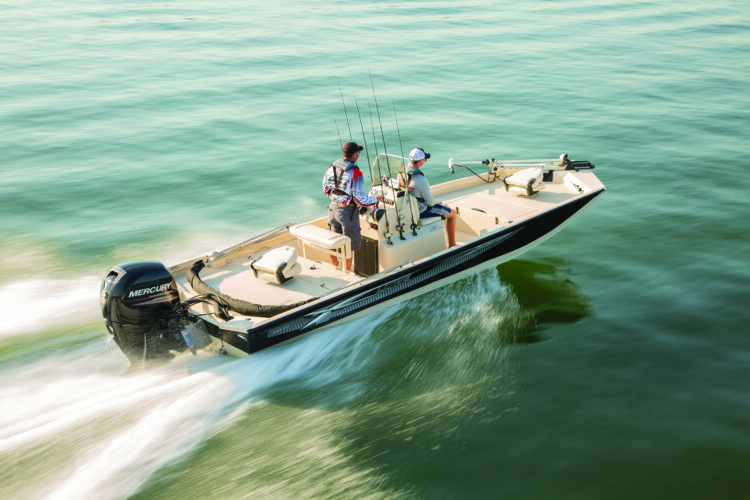Missouri City Reels in Title of ‘Aluminum Fishing Boat Capital’
Lebanon, Mo., manufacturers produced 50,000 boats in 2018 By Cindy Weihl, senior editor of the Welding Journal Reprinted with permission: The AWS Welding Journal Ahhhh… it’s summer! Time to pack up your winter clothes and get ready for barbecues, fireworks, and — if you’re one of the 141.6 million Americans who go boating each year — hit the water. Boat sales are the highest they’ve been in a decade. In May, the National Marine Manufacturers Association (NMMA) reported that U.S. powerboat sales were about 276,000 units in 2018, up four percent over the previous year. The trade association claims that was the highest level of recreational boat sales in 11 years, and that’s good news to the boat builders in Lebanon, Mo. The Laclede County city of just over 14,000 people is considered to be the “aluminum fishing boat capital of the world.” Aluminum is considered an advantageous material in boatbuilding. It is lightweight, has good fatigue strength, and good corrosion resistance. According to Brian Thompson, president and CEO of Lebanon Regional Economic Development Inc. (REDI), the city is producing around 50,000 boats annually — with the majority being aluminum fishing boats, some pontoons, and a few canoes. Lebanon’s Boatbuilding Legacy The NMMA reports that 95% of boats sold in the United States are made in the United States. Take a drive through Lebanon on Interstate 44 and rows of boats wrapped in plastic and awaiting shipment make it clear the city is responsible for a large percentage of that figure. The first boat manufacturer in Lebanon was Appleby Boats in 1960, and that paved the way for the four boat manufacturers that currently call Lebanon home — Lowe Boats, G3 Boats, Tracker Marine, and Landau Boats. Osagian Canoes is also based there. Two of those companies, Lowe Boats and G3, started as a family affair dating back to the late J. B. Appleby, who started Appleby Boats. Carl Lowe, who married Appleby’s daughter Diane in 1959, went to work for his father-in-law as a general manager. In 1964, Standard Industries of New York bought Appleby Manufacturing, but the company continued to be operated by Diane and Carl under the Appleby name. By 1967, the company was the world’s largest aluminum boat maker.
The Lowe 22-ft bay boat is part of the company’s proprietary all-welded, ultrawide Mod-V hull.















